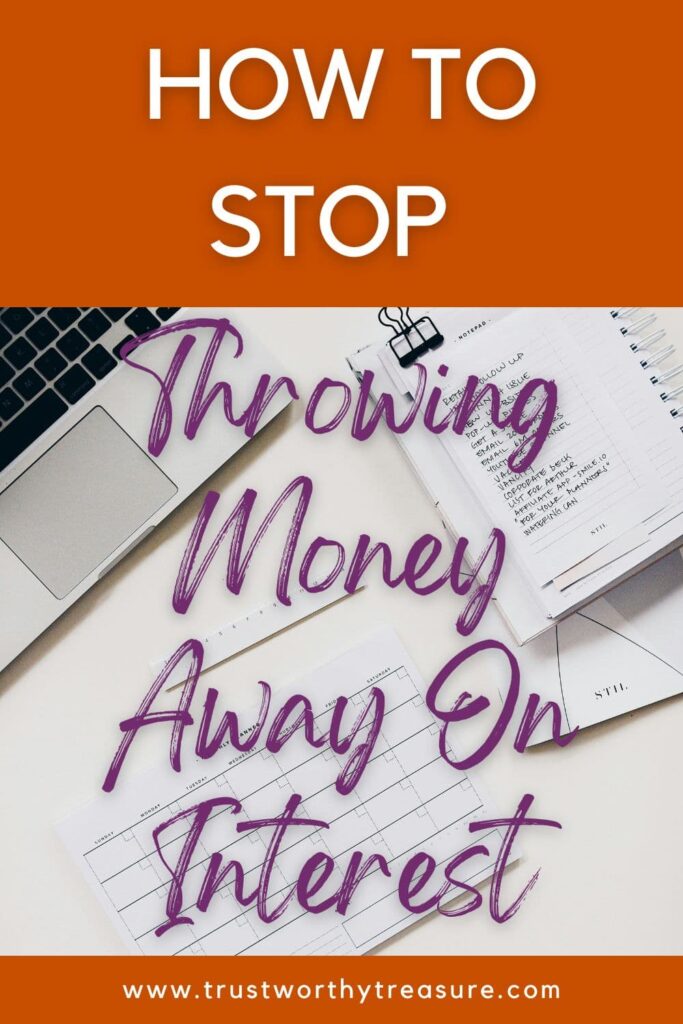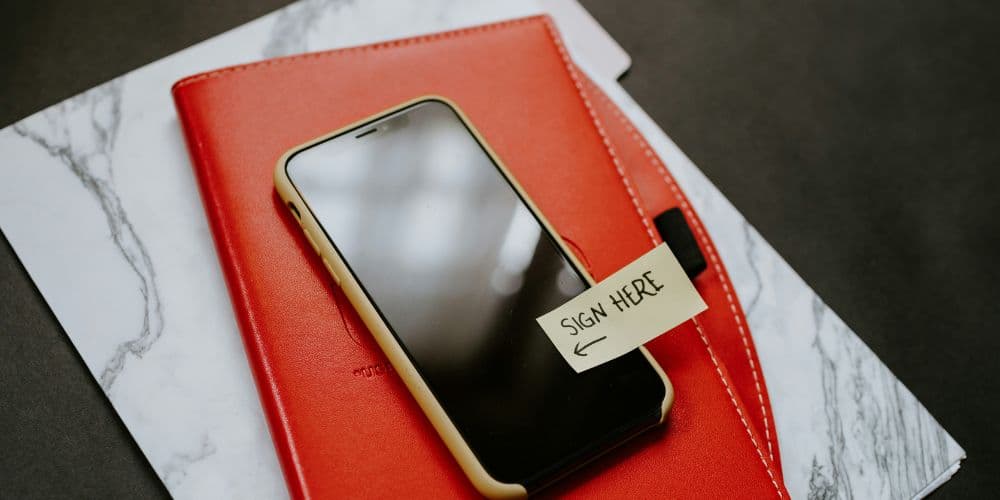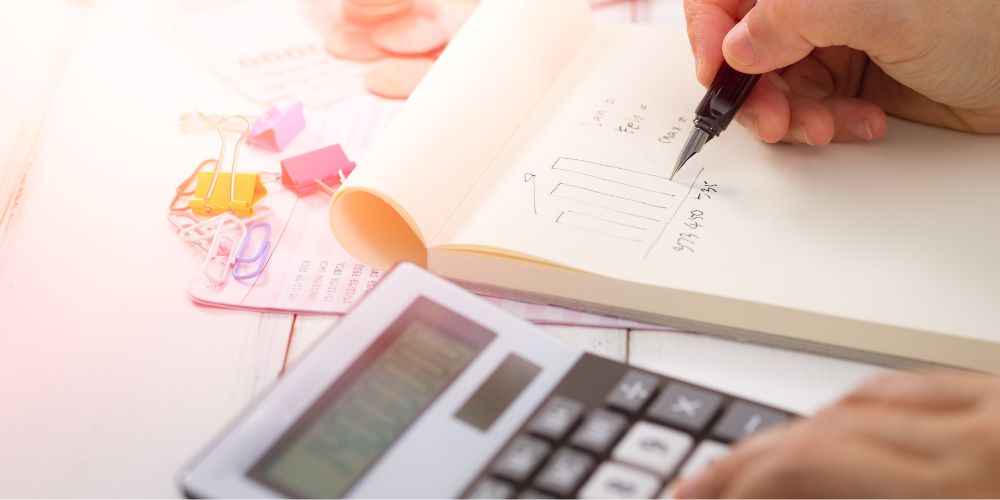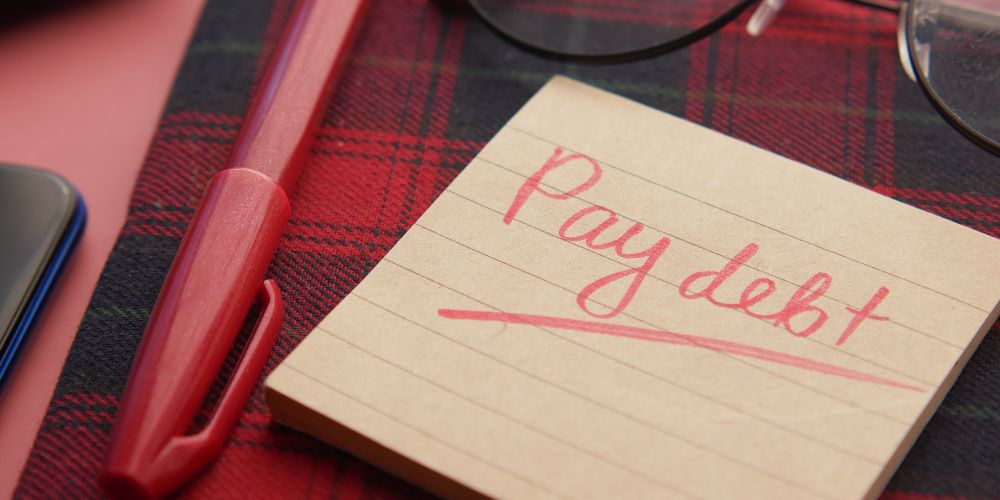Debt has become so commonplace in our culture. It’s expected that you’ll have student loans, a car loan, credit cards, and eventually a mortgage.
As we go through why it’s worthwhile to do the math before taking on debt, consider why you feel you need to take on debt.
Debt isn’t always bad, however, if unchecked, it can wreak havoc on your finances and set you back for years to come.
Do you know how much debt you have?
If not, collect all of this information first.
Why are you taking on debt?
To make ends meet – If there always seems to be too much time before your next paycheck hits your bank account. Maybe you turn to a credit card to help bridge that gap.
Why is this the case? Is it because of existing debt payments? Lack of planning or budgeting? Need more money to cover your existing expenses?
Whatever the reason, it’s empowering to you to know the root cause and create a plan to catch up.
For a new car – Maybe you don’t want a lemon, so you buy a new car. However, a lot of times the terms on these loans are terrible for the borrower compared to the value over time of the car.
A house – almost everyone needs to get a mortgage if they want to buy a house. I get it. However, is the mortgage amount doable in the context of your dreams and goals?
Miscellaneous – Debt can buy anything from a trip to going out for dinner to buying necessities.

Do you know how much your debt is going to cost you?
If you are considering taking on more debt, whether in the form of a credit card balance, loan, mortgage, or something else it’s important to consider how much you will be paying in interest.
There are many loan calculators online (I usually use calculator.net) where you input some info and you receive a breakdown of the debt amounts.
While these may not always be completely accurate due to shifting variables, it’s a useful tool to figure out a ballpark figure for the amount debt will cost you.
It’s easy to think in terms of “it’s only a couple hundred dollars per month” but how much would those couple hundred (or thousand) dollars become if you invested it?
Try this Instead
Save up for purchases you would normally consider taking on a debt for beforehand. it’s a monthly amount either way you cut it, but your purchase costs less if you save up before the purchase.
Let’s take a look at an example of purchasing a used car.
I grabbed these numbers on the average used car loan to illustrate the point:
Monthly payment: $523
Loan Amount: 26,073
Interest rate 11.91%
Loan term: 67.37 (rounding to 67 months)
Total amount paid at end of term – $35,041
Total in interest – $8,968
What if you saved $500 a month for a car, a couple years before you plan to buy a new car?
That’s almost $9,000 in interest you can put toward paying off your house, saving for retirement, or taking a very nice vacation.
This works for everything except a house – though if you can pay for a house in cash, good for you!
Arguments Against This Strategy
it’s better to invest money at a higher return than to save it where it’s earning no interest
I have generally heard this argument in the context of a mortgage but applies to other debts.
This argument says it’s cheaper to take on the debt than to have the money waiting in a savings account or toward a mortgage.
While this may technically be true at times – if you can invest at 6% but your mortgage has an interest rate of 4% for example – it can be tricky to track. At the end of the day, the sooner you clear out the debt, the sooner you can put that money toward other financial goals.
Personally, I hate paying Interest. It is just a fee for borrowing money and it is throwing money away.
I just can’t get ahead and have to keep taking on debt
It can be super demoralizing if you’re trying to get your finances in order and you feel like you just can’t get ahead.
First, start off with a budget to create a plan for your finances.
Next, determine a debt payoff plan for your existing debts.
Start small
It might be daunting to think about paying cash for your next car.
So, start with the everyday purchases you have put on your credit card.
Consider how to not only not take on any more debt, but also start paying off existing debt.
If debt seems inevitable In the short term
Know beforehand how much you’re taking on and commit to paying it off ASAP.
Before taking on more debt, plug the information into a debt calculator online. You can then get a good idea of how much the debt will cost you.
Consider alternative options
Can you purchase a cheaper option out of pocket? Can you shop around for other quotes?
In addition, loans on new cars typically have lower interest rates than loans on used cars.
In this example, consider buying a cheaper used car that you can pay for out of pocket while you save up for a nicer car to pay for in cash.
If debt feels like a necessity, assess why that is
Money is volatile and we have to be careful not to put our trust in it. There may be times when you just simply have to take on debt for something. But let’s dig a little deeper into why that might be.
Here are a couple of reasons why debt may feel like a necessity.
Rising costs
Most everyone has been feeling the effects of rising costs over the past couple of years. It is easy to give up on healthy finances because it feels like “What is the point?”
The reality is that the economy has always had ups and downs over the long term. Some costs will go down, some may never dip again.
This is a great time to get creative with how to save money.
This is also as good a time as any to commit to paying off debt and getting your finances in order – that way when costs rise again you won’t feel it as much!
Surprise expenses
I used to get frustrated every time an expense came up that I hadn’t planned. The reality is that this is just a part of life. So, as oxymoronic as it sounds, we should plan for surprise expenses.
There may be times when these expenses are huge. But there are often little expenses that pop up throughout the month – everything from getting sick to a car repair or house repair.
Having an emergency fund of 6-9 months of expenses is a great way to make sure to have money set aside for surprise expenses.
Impulse Purchases
We’ve all been guilty of it…anything from a bar of chocolate to a new car. The SIMPLE (though NOT easy) answer to this is to plan around your weaknesses and say “no”.
For me, I impulse purchase at the grocery store. To combat this, I always try to go in with a plan and a shopping list.
This has greatly reduced the number of impulse purchases I make.
While debt may feel inevitable to take on, consider alternative options while paying down existing debt.
If you have to take on debt, find out how much interest you will pay – in short, do the math before borrowing!



